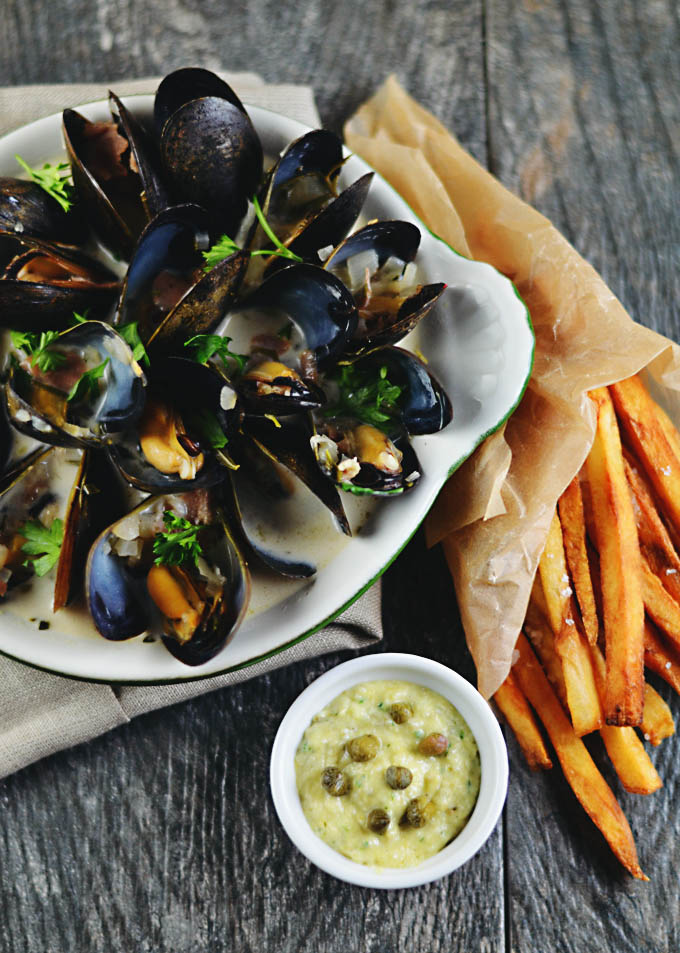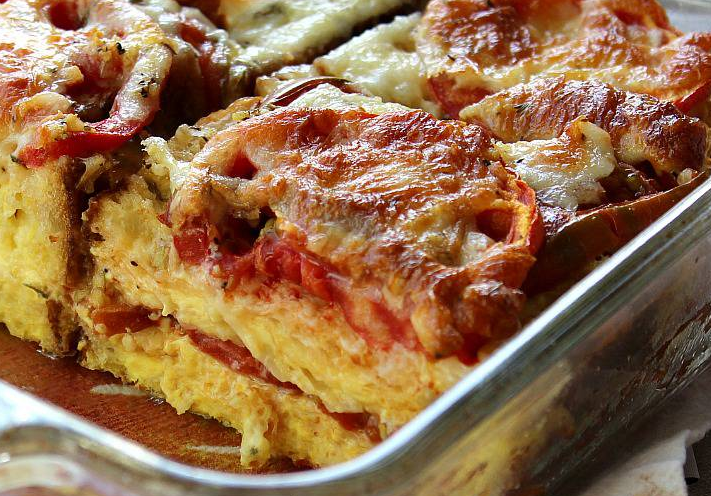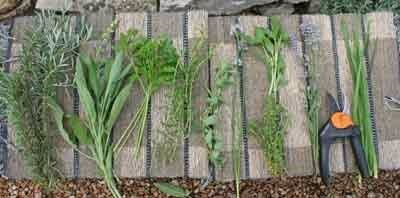
It’s pretty simple, a wreath woven together out of cooking herbs. I used to sell them in little cellophane bags with a couple of recipes attached. To use the wreath, you simply started a pot of soup or stew boiling and about 15 minutes before the end of the cooking, you simply drop the entire wreath into the pot for seasoning. The flavor is delicious!

Step 1, pick a long sprig of rosemary. New, this year’s growth is best simply because heavier wood is more likely to break than to bend. You can use any of the following to work into your wreath, all with good flavor: Rosemary, Thyme (any variety), Sage, Garlic chives, Chives (leaves and/or flowers), Oregano, Basil, Lavender (flower spikes), Hyssop, Parsley and Lemongrass (even if it’s already brown it still have flavor).
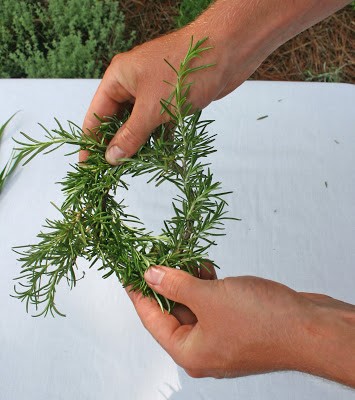
To begin your wreath, choose a nice, long sprig of hyssop or rosemary and bend it into a circle, twisting the ends around each other. Hold in place with your thumb and forefinger while you wrap another sprig of a different herb in the other direction (or tie the ends together temporarily with plain white string).
You want to weave each sprig in the opposite direction of the first so they hold each other in place. Don’t get discouraged, it gets easier as you work. (You may want to make several on your first try to get the hang of it).
Step 2, Weave each of the herbs into your wreath, using only the stems and leaves, no string. Tuck ends under and over an earlier sprig and keep adding more. You want to end up with a wreath that is about four inches across, or smaller. Use lemongrass or garlic chives as the last herb, wrapping it around like a ribbon and tucking each end under another sprig to hold it in place.
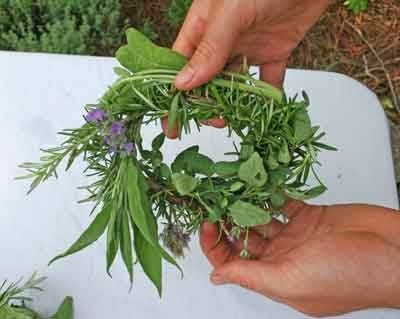
Step 3, When your wreath is finished, trim off any extra ends that are sticking out and put the wreathes in a dark place, like a pantry, on paper and let them dry until crisp.
Attach a string and a recipe if you wish and your cooking wreath is ready to give to a friend.
To use the wreath, remove the string and drop into an already boiling pot of soup or stew. It’s best to add the wreath during the last fifteen or twenty minutes of cooking (this is true of adding any herbs, fresh or dried; add them too soon and the cooking removes the flavors, so add herbs in the last minutes of cooking for the best flavor).
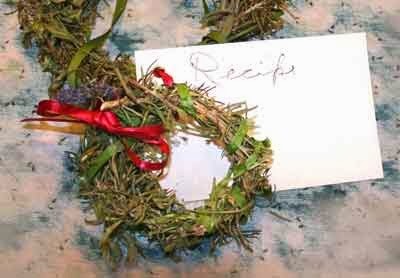
Recipes to choose from for attaching to the wreath:
Autumn Herb Wreath Chicken Soup
2 1/2 quarts water
2 chicken breasts
1 stalk celery, diced
1/2 cup diced onion
2 carrots, peeled, sliced
The entire cooking wreath
1/4 teaspoon turmeric
Dash salt and pepper, to taste
*Optional: 1/4 cup brown rice, rinsed
Bring water to a boil and add the chicken and vegetables. Cook until the chicken is tender, about 20 minutes, remove chicken and dice, and then add back to the soup. Add the optional rice and reduce heat to a simmer, cooking 10-15 minutes. When you add the rice/pasta, also remove the ribbon from the cooking wreath and add the wreath to the pot of simmering soup. Simmer until rice is done, remove wreath and serve.
Vegetarian Herb Wreath Soup
A vegetarian friend would receive this recipe card attach to their cooking wreath:
2 1/2 quarts water or vegetable broth
Bring water to a boil and add an assortment of your favorite diced vegetables: celery, potato, carrots, a turnip, some cabbage, onion, garlic, 1 slice ginger, etc. about 3 cups total.
*Optional 1/4 cup brown rice, rinsed
Simmer vegetables and rice until tender, about 15-18 minutes. Add the cooking wreath (with the ribbon removed) after 10 minutes of cooking, and continue cooking until rice is tender. Remove the wreath and serve.
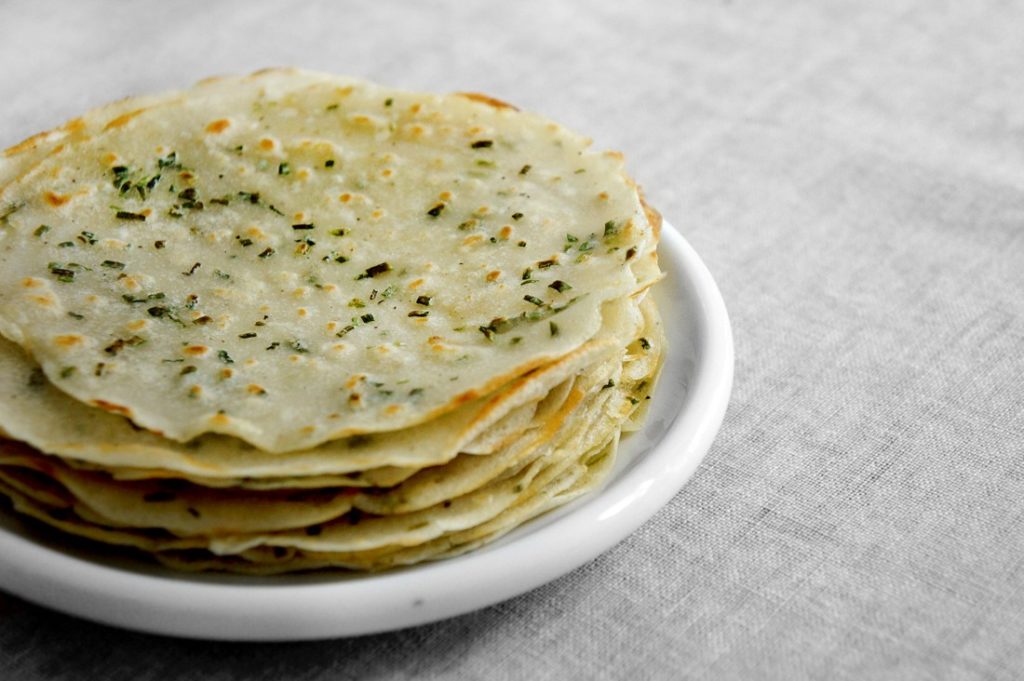
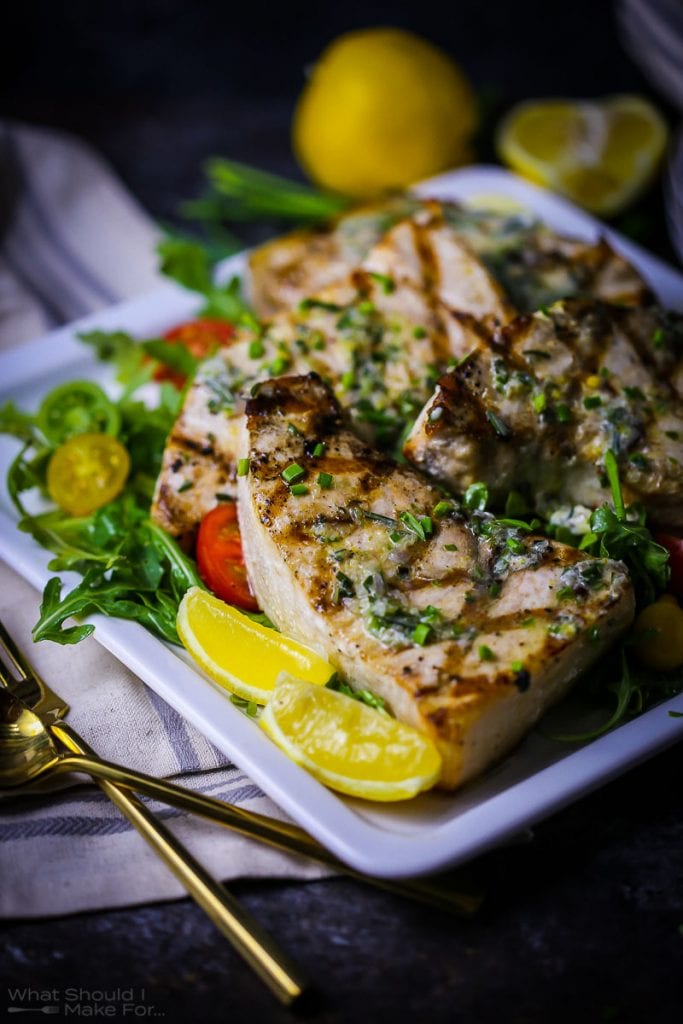
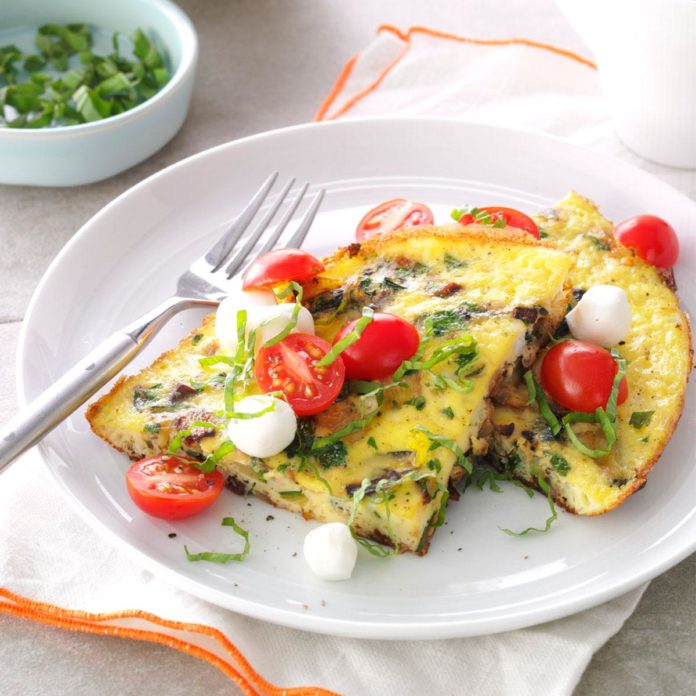 Full Garden Frittata
Full Garden Frittata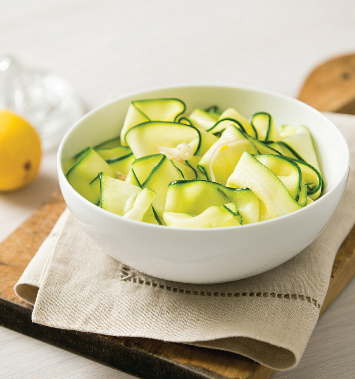 Shaved Zucchini Salad with Lemon & Marjoram
Shaved Zucchini Salad with Lemon & Marjoram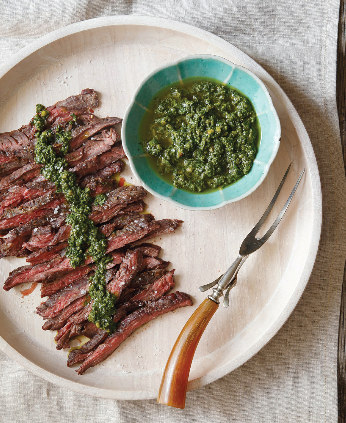
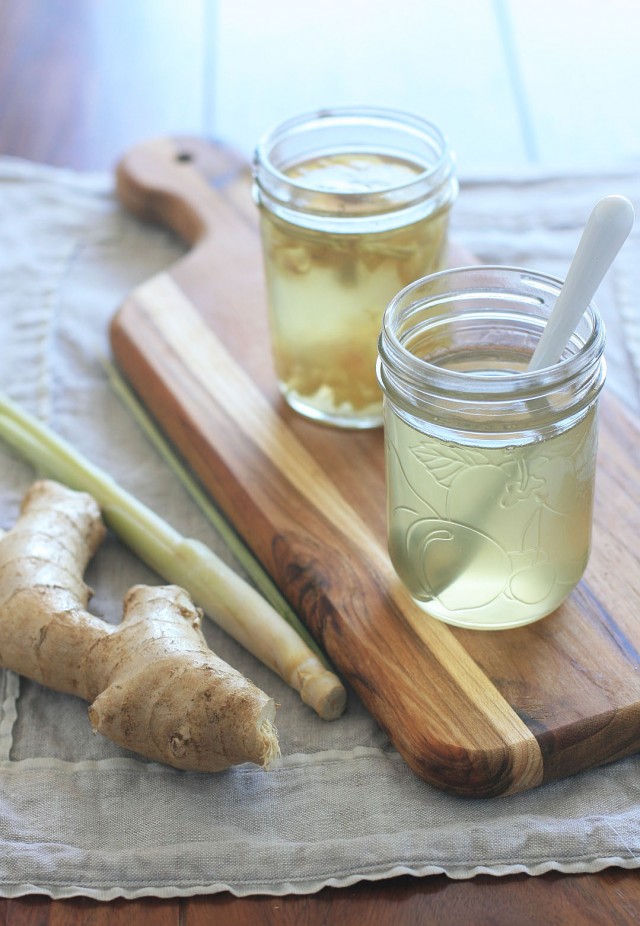 Lemongrass Ginger Syrup
Lemongrass Ginger Syrup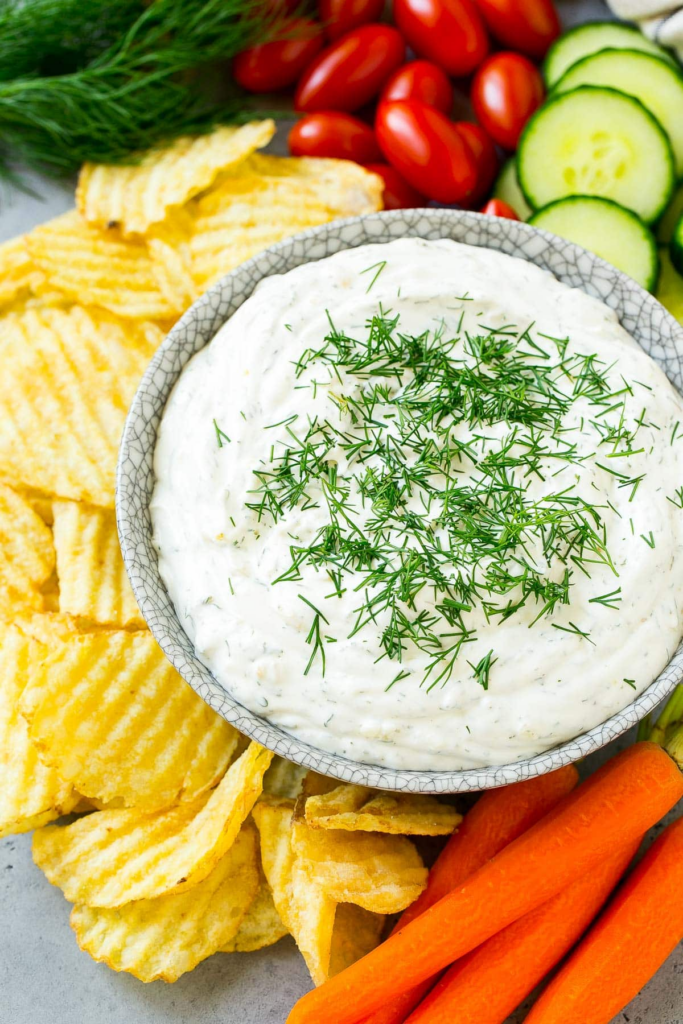 4 oz. Neufchatel Cheese
4 oz. Neufchatel Cheese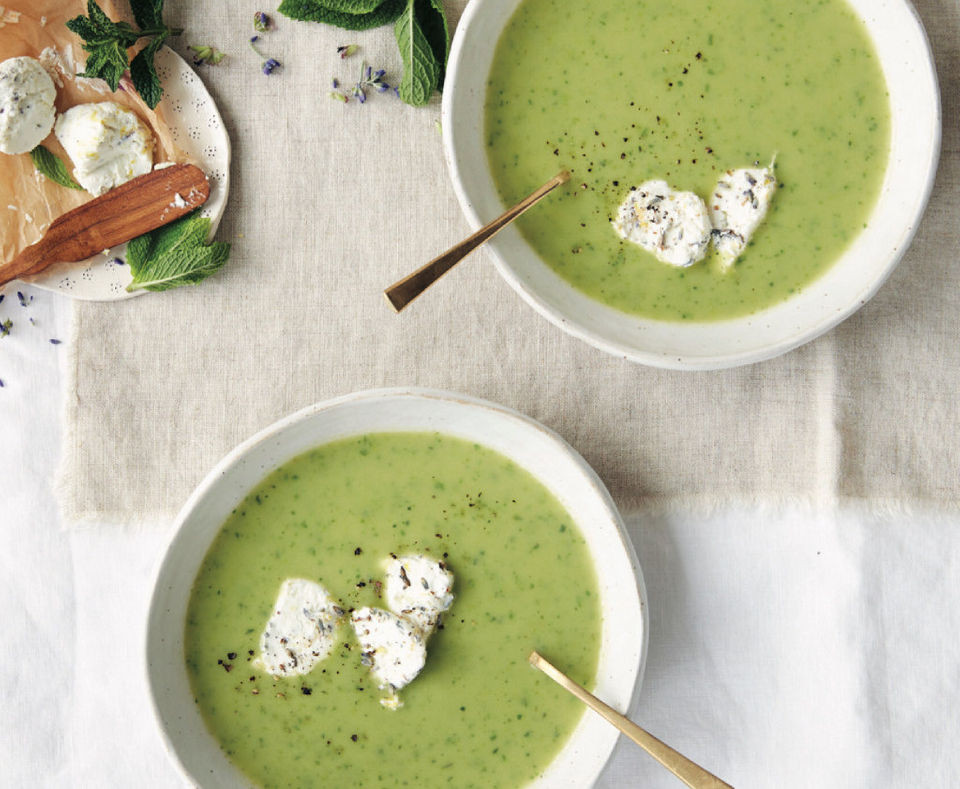
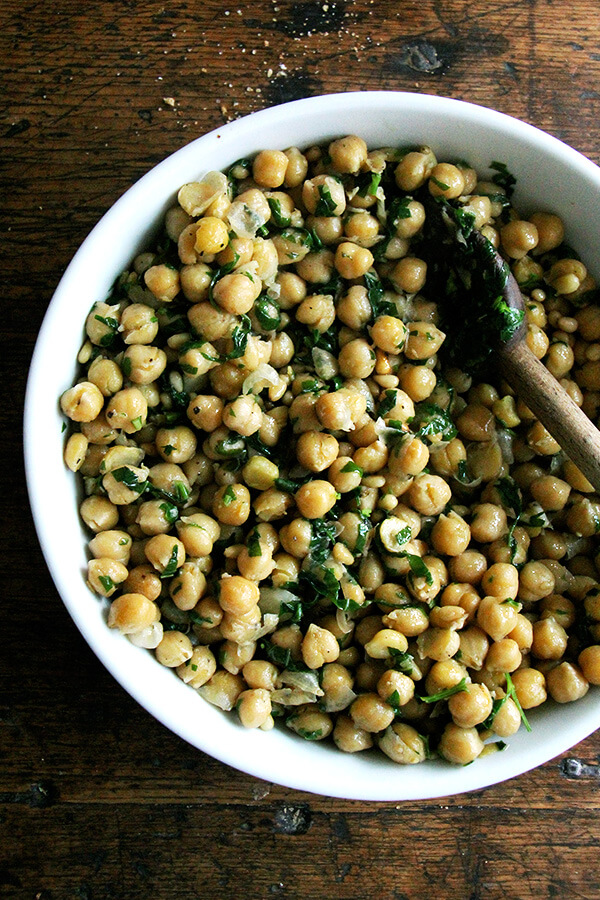





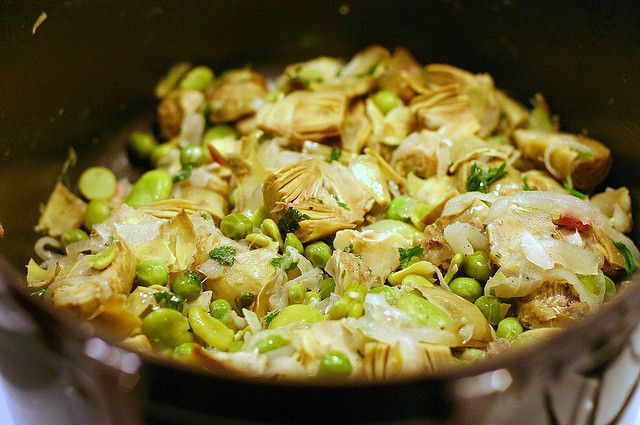

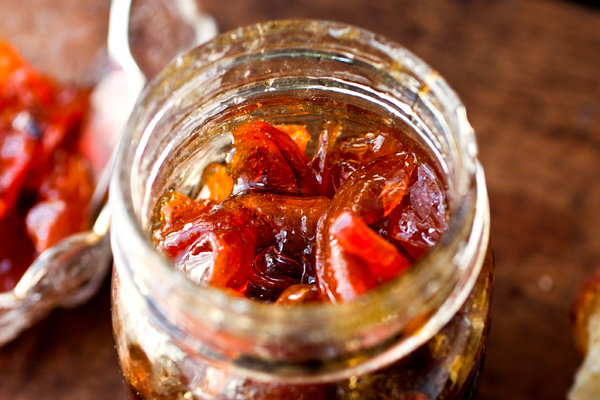
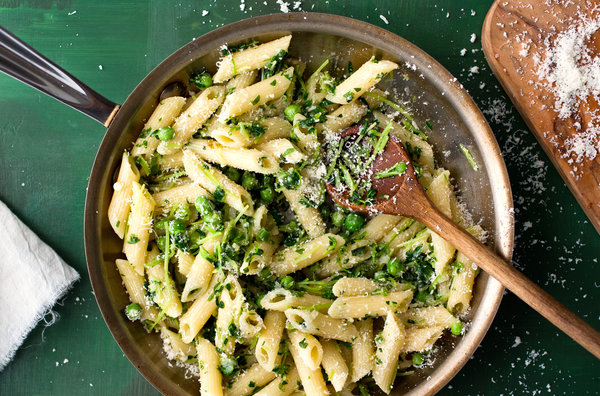
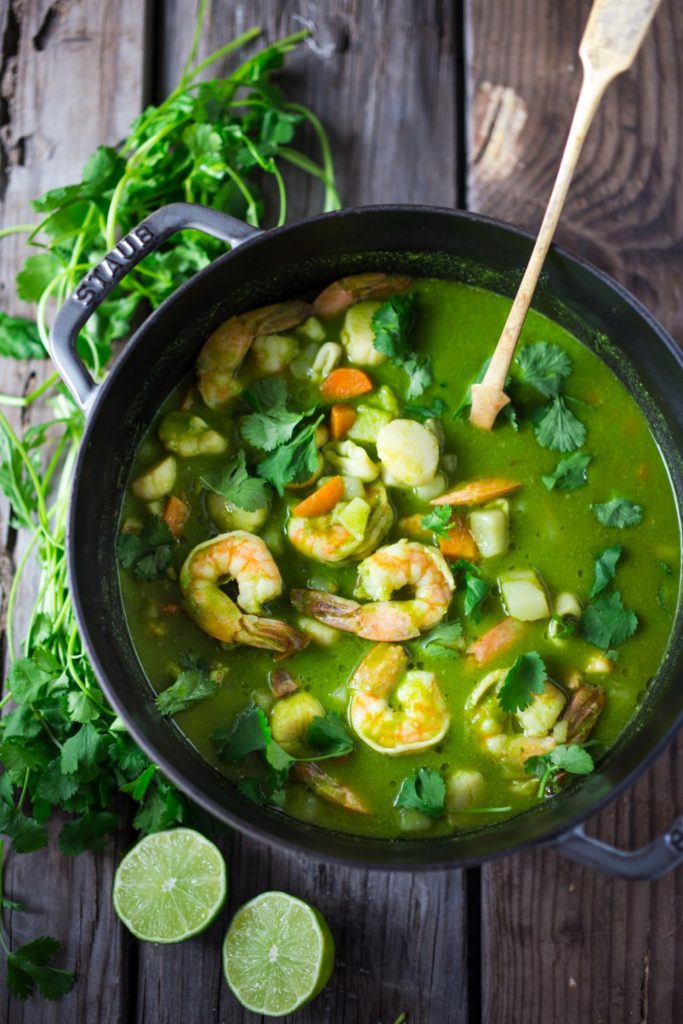
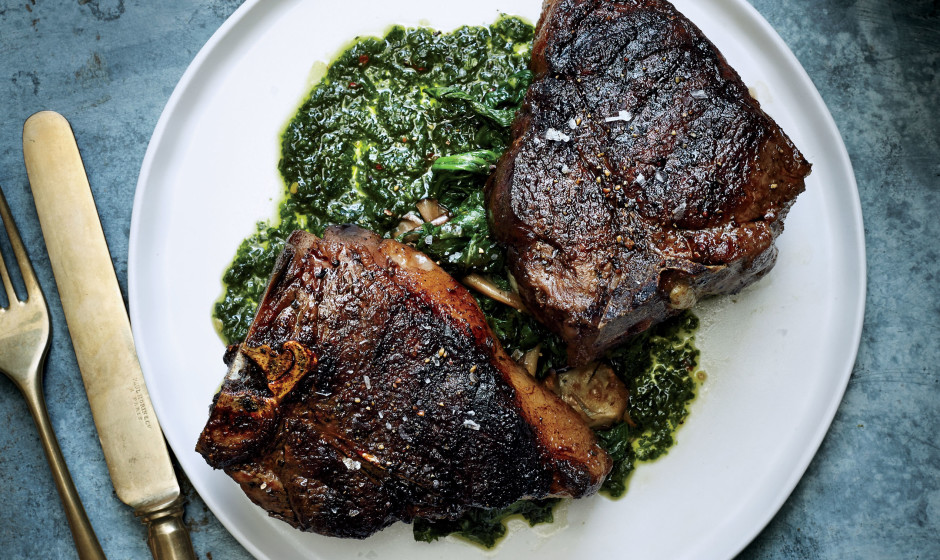
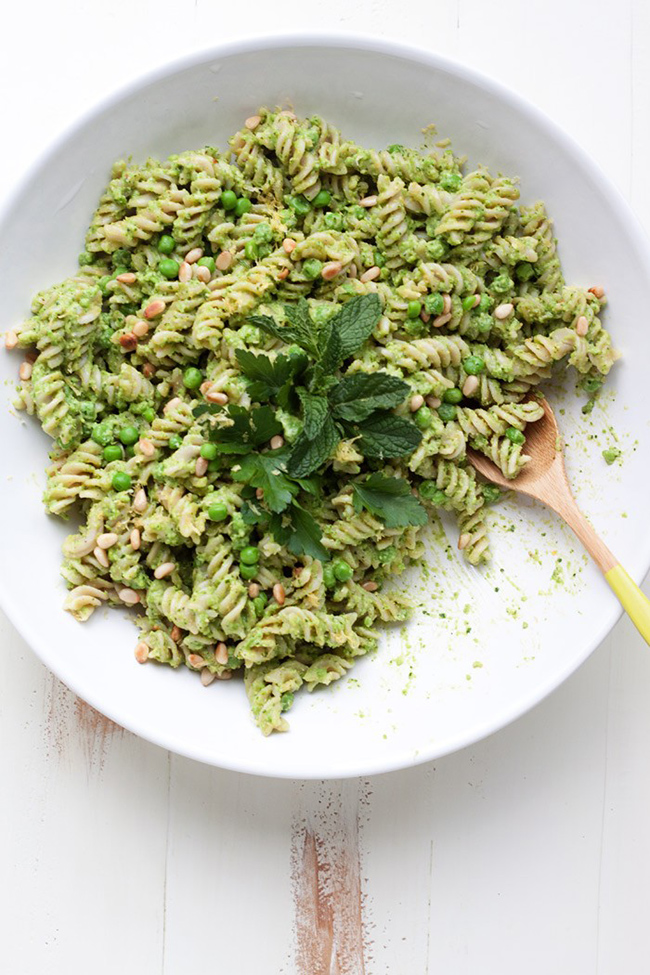

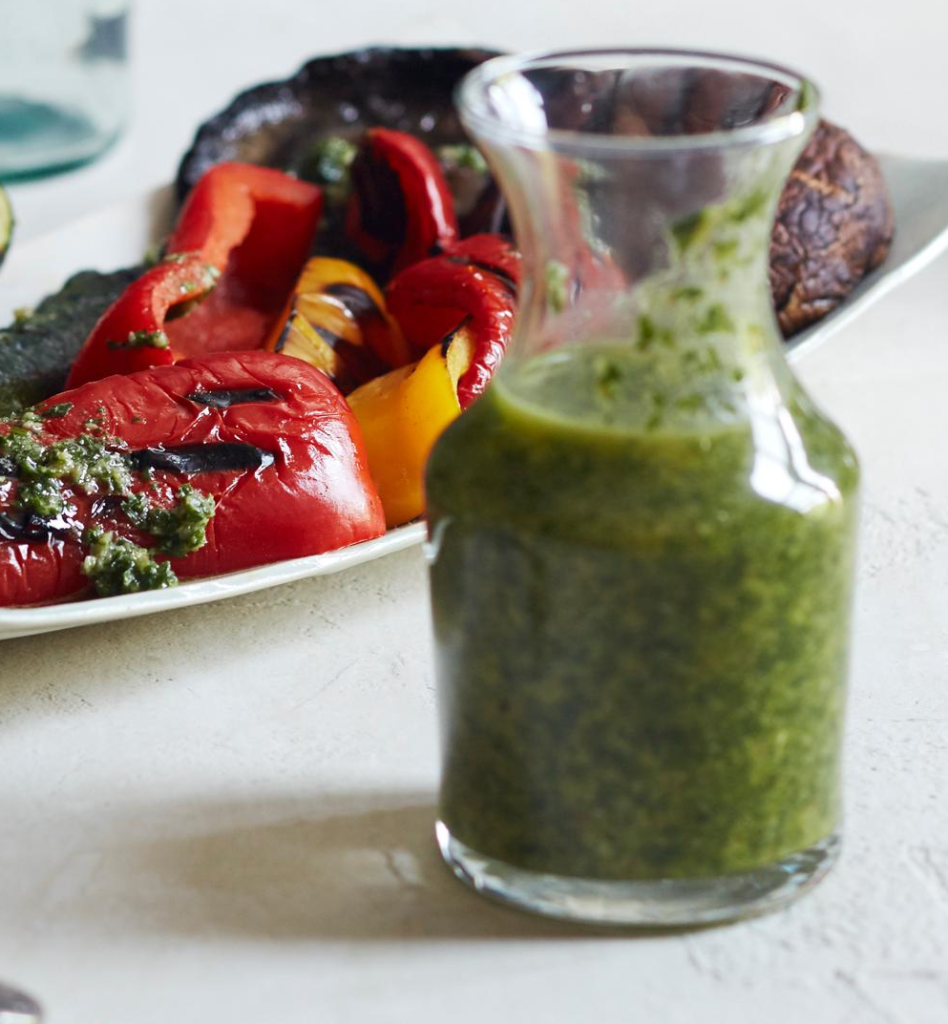
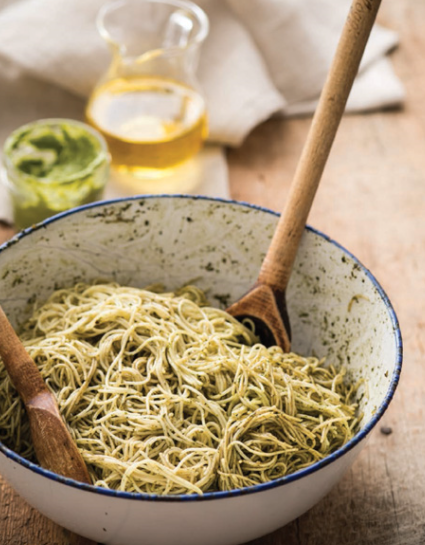
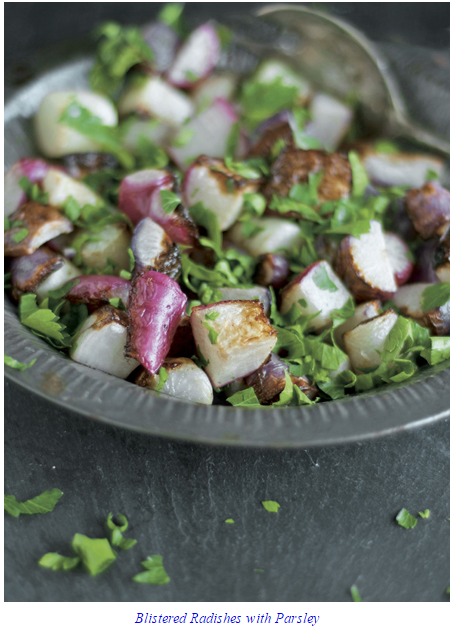
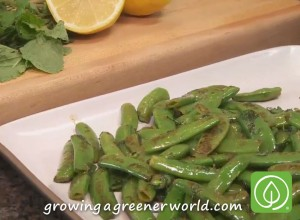
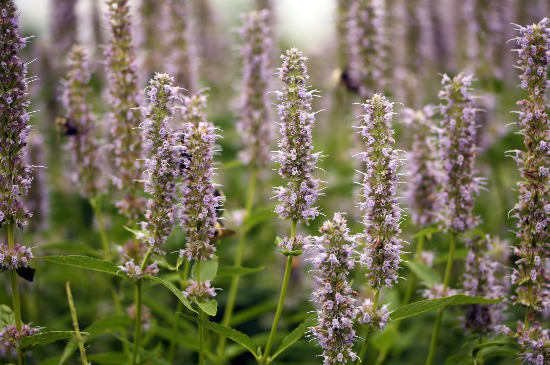
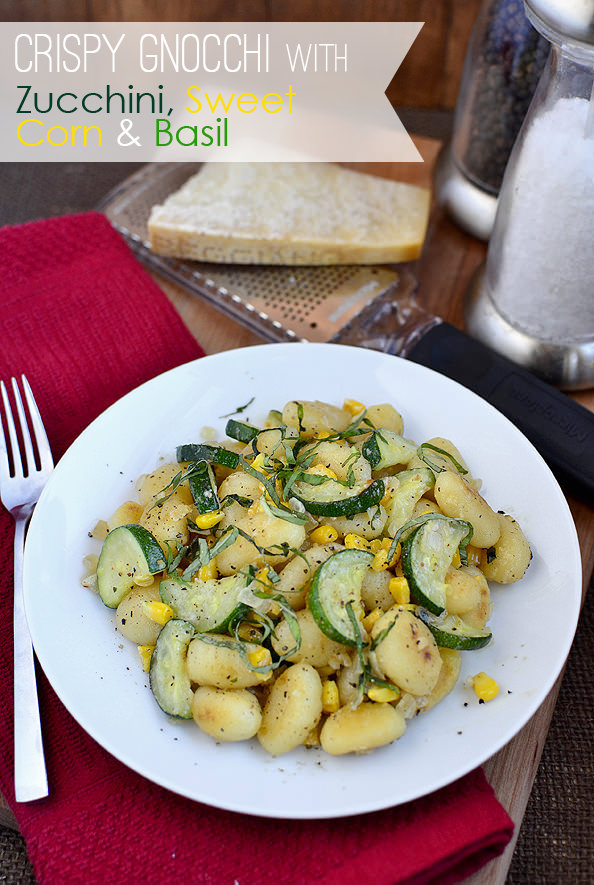
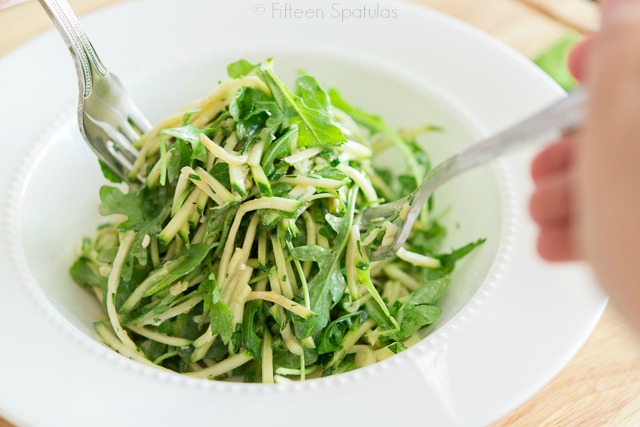
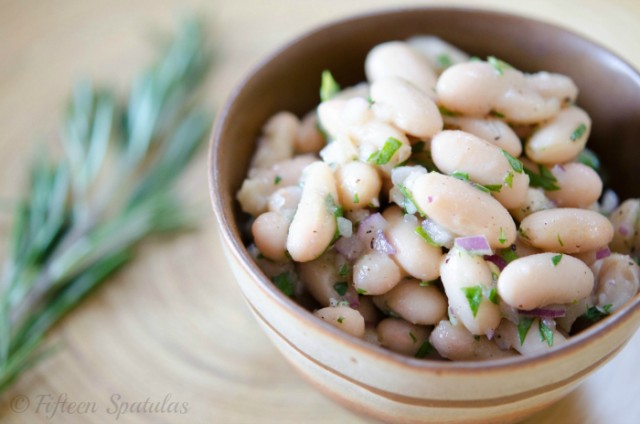
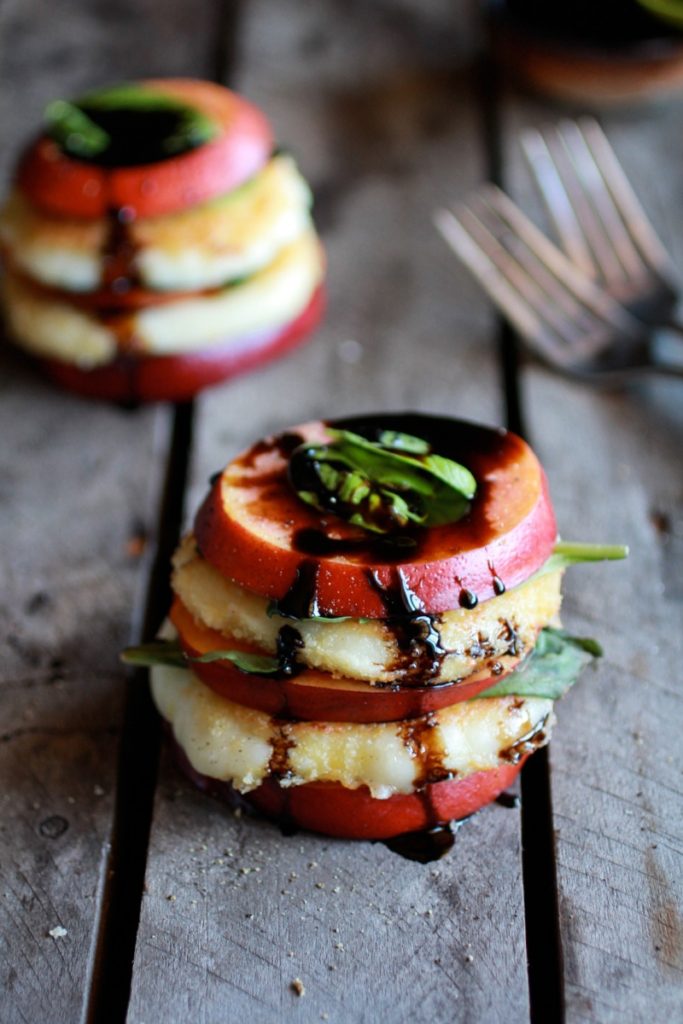
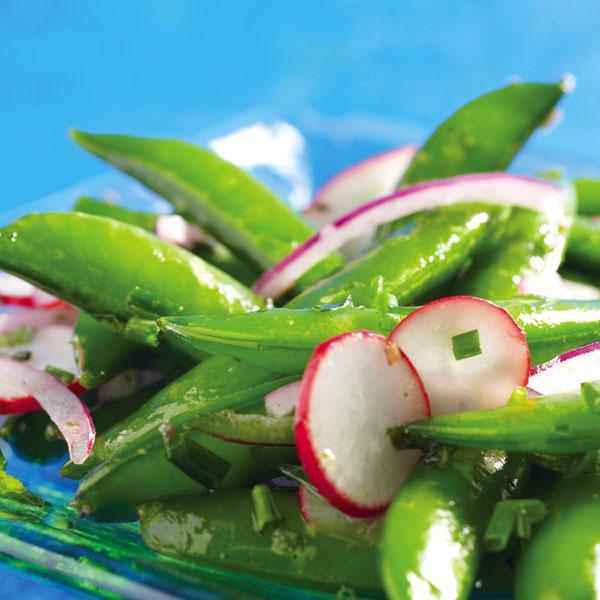
 Candied Angelica
Candied Angelica
